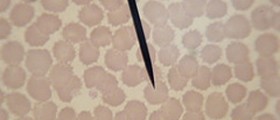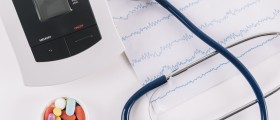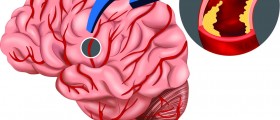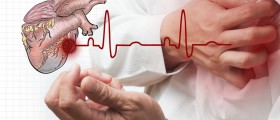
Symptoms of HyperemiaSymptoms of hyperemia depend on where the congestion of blood occurs. Common signs and symptoms include redness and warmth of affected area. Flushing or involuntary redness of the skin on the face is also present.
Causes of HyperemiaThere are two types of hyperemia: active and reactive hyperemia.
Active HyperemiaThis type of hyperemia is also known as functional hyperemia or exercise hyperemia. It is caused by muscle contraction. Active hyperemia may also result from increase in mental, gastrointestinal or cardiac activity. Collection of the blood in a certain organ results from increase in the blood flow due to increased body metabolism. Active hyperemia is caused by combination of the hypoxia tissue and the production of vasodilator metabolites. Hypoxia tissue is featured by reduced supply of oxygen to the blood vessel tissues which in turn cause increased demand for oxygen. That leads to vasodilation, characterized by widening of the blood vessels that occurs due to process of relaxing the smooth muscle inside the blood vessel walls. Vasodilators are substances that trigger vasodilation and they include ion, nitric oxide, carbon dioxide and adenosine.
Reactive HyperemiaThis type of hyperemia is also called passive hyperemia and it is caused by blockage in the veins. Blood accumulates in a particular organ in a response to the vein blockage that prevents the normal blood flow. Reactive hyperemia usually occurs after an episode of ischemia such as arterial occlusion. This leads to reduced oxygen level in the blood and increased level of metabolic waste. Blood flow can be blocked if this waste builds up in the body organ. Reactive hyperemia can take place after a tight band is applied to the hand or leg and then removed. Reactive hyperemia may also occur after a coronary occlusion. The longer coronary occlusion lasts reactive hyperemia will be more severe and will last longer.
Treatment for HyperemiaHyperemia is a curable condition. The treatment depends on the type of hyperemia. The disease must be monitored and treated with medications. Hyperemia will not resolve by itself and it must not be left untreated, because it may be harmful to affected person.

















Your thoughts on this
Loading...